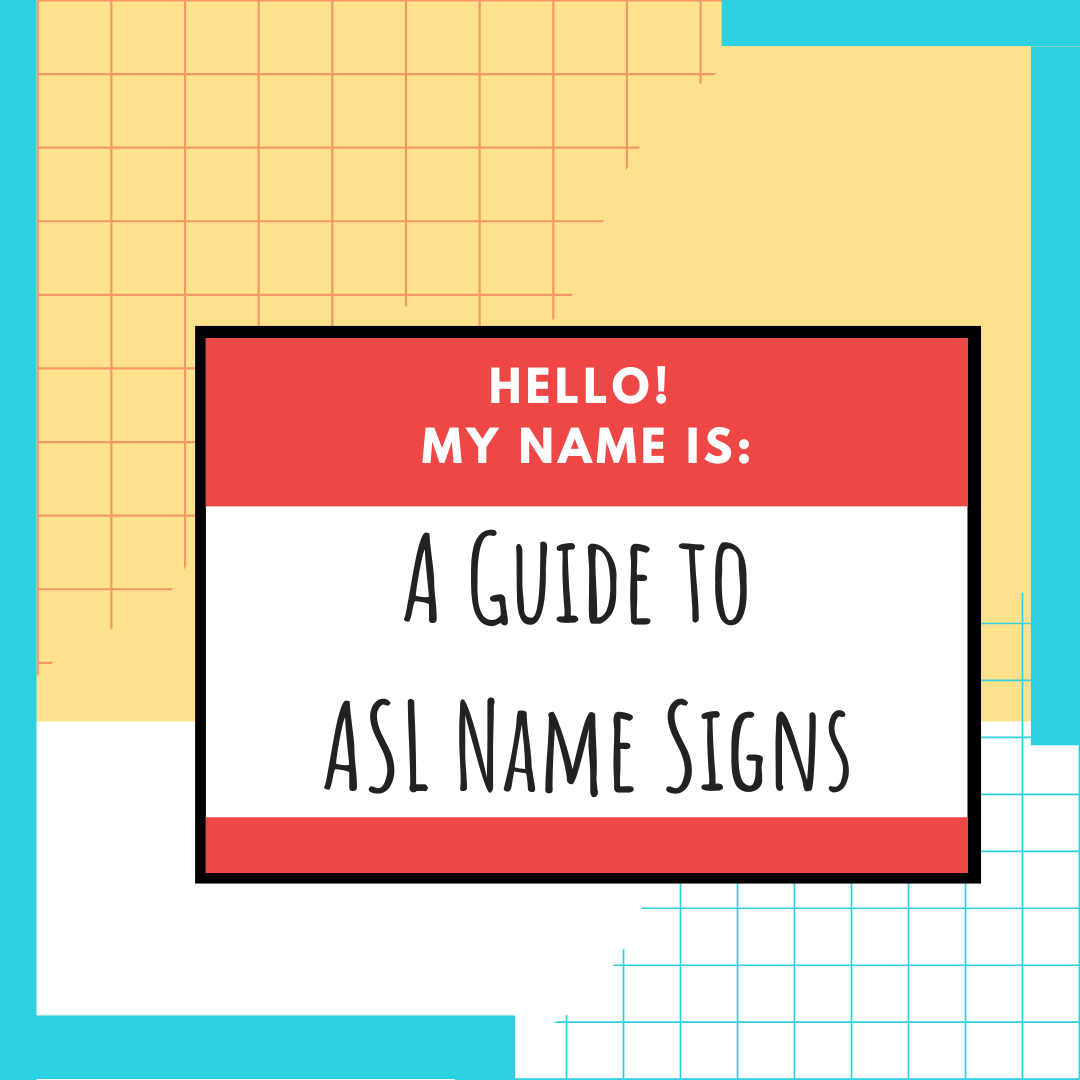
Top 10 & 25 Basic Sign Language Words – Signs for Beginners to Learn First
- by Katelyn Cheng
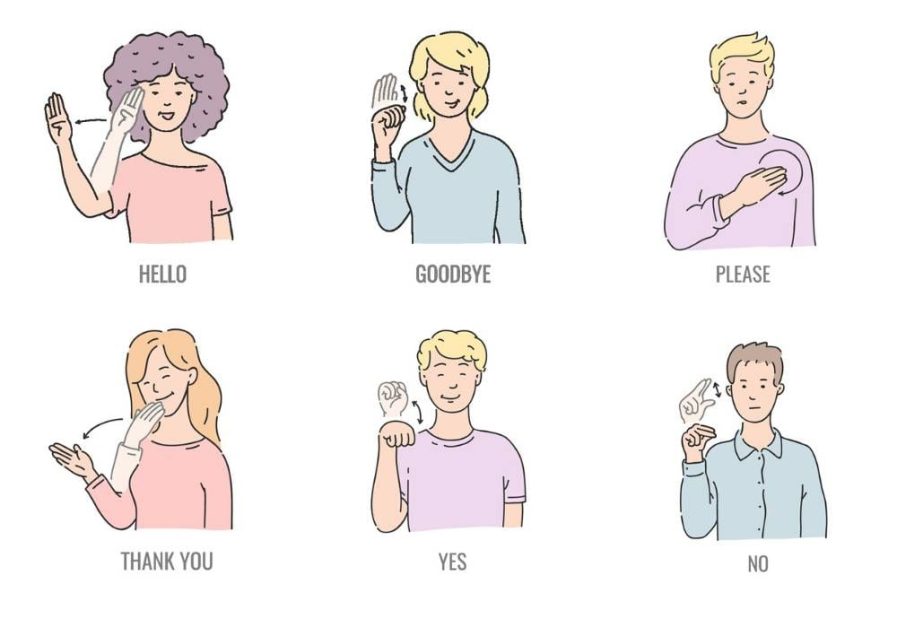
Have you been wanting or thinking about learning basic sign language words? You’ve come to right place! American Sign Language (ASL) is a beautiful visual language to learn and it is a form of communication that bridges the gap between the Deaf and hearing communities. There are many questions such as if ASL is hard to learn, if it can self taught, if it is worth learning, yada yada.
Well, I am here to answer all your questions you have regarding learning ASL, which you will find under FAQ at the bottom of this page. First, it is important to keep in mind when learning ASL that ASL is not just a bunch of basic sign language words signed together, it is a language that has its own grammar and sentence structure, slangs and phrases, as well as culture and history. If you’re curious where ASL derived from, read more here.
Roll up your sleeves and get started by learning some basic sign language words. The videos below you will watch are top ten signs to get you started and to boost your confidence with learning American Sign Language. You don’t have to stop here, there are so much more to learn than these ten signs. If you’re still intrigued to continue learning, you can start learning sign language here.
Top 10 Basic Sign Language Words
Tip: If the video seems fast, there is a list of videos for each sign. Once you feel comfortable, come back to the video to review what you’ve learned.
- HELLO
- HOW ARE YOU?
- NICE TO MEET YOU
- WHAT YOUR NAME?
- MY NAME IS KATELYN
- THANK YOU
- DEAF
- HEARING
- HARD OF HEARING
- GOOD-BYE
Top 25 Basic Sign Language Words
Now that you’ve watched the Top 10 signs video, was that fun? How did you do? Did you know some of these basic sign language words already? Are you ready to advance to learning more signs? Here is a more challenging version:
- HELLO
- HOW ARE YOU?
- NICE TO MEET YOU
- WHAT YOUR NAME?
- MY NAME IS KATELYN
- THANK YOU
- DEAF
- HEARING
- HARD OF HEARING
- GOOD-BYE
- SEE YOU LATER
- SEE YOU TOMORROW
- MY SIGN NAME IS…
- PLEASE
- SORRY
- GOOD
- FINE
- BAD
- EXCUSE ME
- GOOD MORNING
- GOOD NIGHT
- HUNGRY
- TIRED
- HELP
- BUSY
> Take our Free ASL 1 Course and Start Learning ASL today! >
Sign Language Tips
Here are a couple tips to keep in mind when learning American Sign Language and basic sign language words. First of all, ASL has 5 parameters and they are: handshape, palm orientation, location, movement, and non-manual markers/signals.
Handshape: This refers to the hand configuration which is used in the beginning of any word production in ASL. There are common handshapes such as 1 and D, 2 and V, 9 and F that are usually misinterpreted; therefore people will use the context to help them better interpret the sign that has the same handshape. Here are three examples of handshapes: “c” as in class, open “a” as in behind, bent “v” as in squirrel.
Palm Orientation: This refers to the direction in which the hand is turned to produce a sign. Palm orientation includes palm up, palm down, palm right, palm left, palm outward (away from you), palm inward (palm facing you). Here some examples of signs with different palm orientation: school, clean, paper.
Location: This refers to the location of where the signs are produced. The general physical parameters (signing space) for sign language production are approximately four inches above the head, elbow room as with hands on the waist, and about four inches below the belly button or belt buckle. The 3 example signs of location that changes meaning are summer, ugly, and dry. There are signs that remain the same location but have different handshapes such as restaurant and single.
Movement: This refers to changing of the location of the hands when signing basic sign language words. For example, when signing give, you can sign give away from you towards the person you are signing with. This indicates that I am giving you something. On the other hand, if I am signing give away from you towards me, then that indicates you are giving me something. Movement can also refer to the frequency of an action. For example, again, if signed repeatedly multiple times, then this means “over and over”.
Non-Manual Markers/Signals (NMM or NMS): These are signals or gestures done without the use of hands. The signals or gestures is demonstrated mostly from the shoulders, head, and face to relay a message. Specific NMM or NMS alter the meaning of a sign. Facial expressions or body language such as head nods, shakes, eyebrows, nose, eyes, and lips fall under this category and carry a meaning that are attached to a sign.
The second tip to when learning ASL is that some handshapes movement can come off the wrong way or convey a different meaning, so be careful and learn the correct way to sign a word. This is usually common for beginner signers and that is okay, but it is good to keep in mind!
> Take our Free ASL 1 Course and Start Learning ASL today! >
FAQs
How long does it take to learn ASL and is it hard?
It depends on each person. Some people who are visual learners will pick up quicker than others. It also takes motivation, dedication, and practice to keep learning even when you don’t get it at first. Study and practicing is key to acquiring a new language.
Can I teach myself ASL?
It is possible to teach yourself ASL, but it is always best practice to socialize with other people in the Deaf community to get that full exposure to not only the language, but also the culture and how ASL is used in everyday conversations. Exposing and immersing yourself in the Deaf community is key to learning ASL.
Is ASL worth learning?
Yes, it is definitely worth learning. It’s a beautiful language to learn and fun. ASL is unique since it cannot be written. There are a lot of benefits when it comes to signing and it bridges the gap between the hearing and Deaf communities. Babies and people with speech disabilities also benefit from learning ASL. ASL is especially awesome and beautiful in the arts–look at DeafWest.org for example.
How many ASL signs are there?
About 10,000 different ASL signs exist that corresponds to English, which has about 200,000 words.
How much do ASL interpreters make?
Some factors include certification, working for an agency, freelance, and experience. They can earn up to $60-$70 per hour.
Does Rosetta Stone have ASL?
Unfortunately, Rosetta Stone does not have ASL.
How much does it cost to learn ASL?
$0-over $30,000 a year depending where you take the ASL class and from whom.
Can you speak if you’re deaf?
There is a range of deafness, some people are Deaf or some people are deaf aka hard of hearing. Usually people who are hard of hearing can speak/hear; whereas others never spoke in their entire lives.
How do you get certified in ASL?
You can get a completion certificate when you take courses with Start ASL. Click here to learn more about our programs we offer.
Is ASL easier than Spanish?
People who are visual learners say ASL is easier and can easily pick up, but non visual learners find that Spanish is easier to pick up than ASL.
Why is there a no voice rule in ASL class?
The no voice rule pushes the students to think in ASL and not in spoken English and to learn quickly. It also teaches students to respect and understand the environment of how Deaf people interact with each other. It is also a way to put students in Deaf people’s shoes that Deaf people cannot hear or talk. Learning how to understand and express in ASL takes a lot of practice and dedication, not using English as a crutch.
What is the hardest language to learn?
ASL is definitely not one of the hardest language to learn. A lot of them is based on muscle memory. According to the stats, either Russian or Chinese are the top two hardest languages to learn.
Is ASL a dying language?
No, ASL is not dying; in fact, it seems to be more popular as seen on TV, film, the internet, and at stores like Starbucks and Mozzeria. Look at babies learning ASL, which have been featured in films like Meet the Fockers and CODA, The Walking Dead, Godzilla v Kong, The Quiet Place, and many more. In addition, more and more people are learning ASL.
What is the fastest way to learn ASL?
There is no “fastest” way. It takes time and practice. However to “speed up” learning is to immerse yourself in the Deaf community by going to ASL socials and Deaf events. Also, go to a big Deaf community like Gallaudet University, CSUN, volunteer at a Deaf school that utilizes ASL, and go to hubs like Austin, D.C., and Riverside to immerse in the Deaf ASL community.
Can a hearing person teach ASL?
That’s definitely a political question. People in the Deaf community cherish ASL as their language and Hearing people can have any job they want and so can the Deaf but they need to fight harder. Jobs that involve teaching ASL should be prioritized for Deaf instructors since they have lived the Deaf experience and immersed in the Deaf community and have faced obstacles that hearing teachers will never understand or witness. Deaf instructors may be less inclined to allow hearing ASL students to speak and use English as a crutch. If I really want to learn French I’d prefer a French teacher who is a native French speaker, you know? The same principle applies to learning ASL from a native ASL user like a Deaf teacher. CODAs–children of Deaf adults are often fluent in ASL so some of them teach ASL although they are hearing.
What is the best way to learn ASL online?
With Start ASL’s complete course you will learn true American Sign Language so you can join any signed conversation with complete confidence. Unlike most American Sign Language classes, we don’t just go over a bunch of random basic sign language words – we get you communicating right away. We will carefully guide you through not only learning essential vocabulary, but also dig deep into proper ASL grammar and the vibrant Deaf community. Our lessons build on each other in a way where you can see immediate progress and learn not only correctly, but quickly. You can learn more about all our course options on our Learn American Sign Language page.
Start Learning ASL Today!
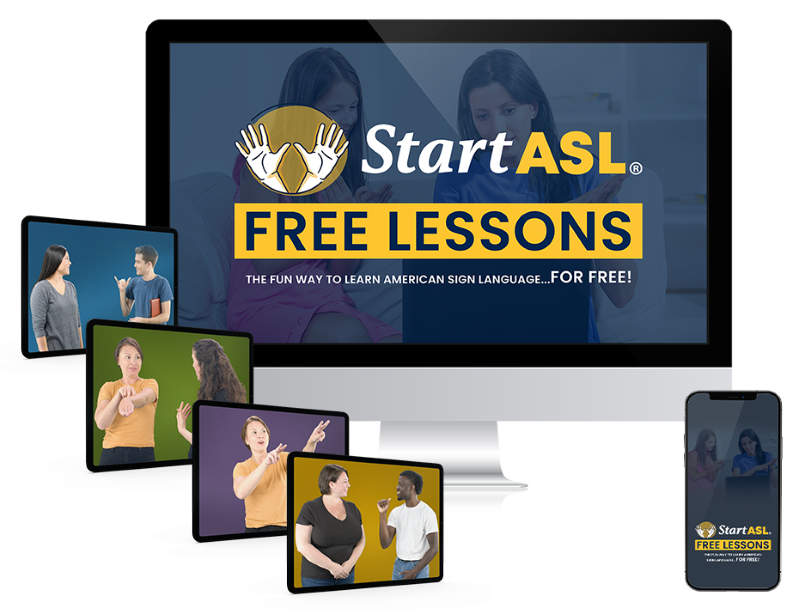 Ready to start learning real American Sign Language and not just basic signs? Do you want to be a part of the vibrant Deaf community? Check out our Free ASL 1 Course or our Complete 4-Level ASL Course options and start learning ASL today!
Ready to start learning real American Sign Language and not just basic signs? Do you want to be a part of the vibrant Deaf community? Check out our Free ASL 1 Course or our Complete 4-Level ASL Course options and start learning ASL today!
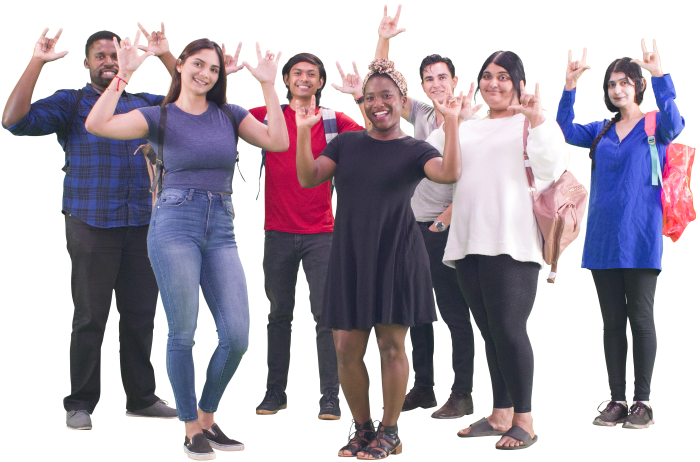
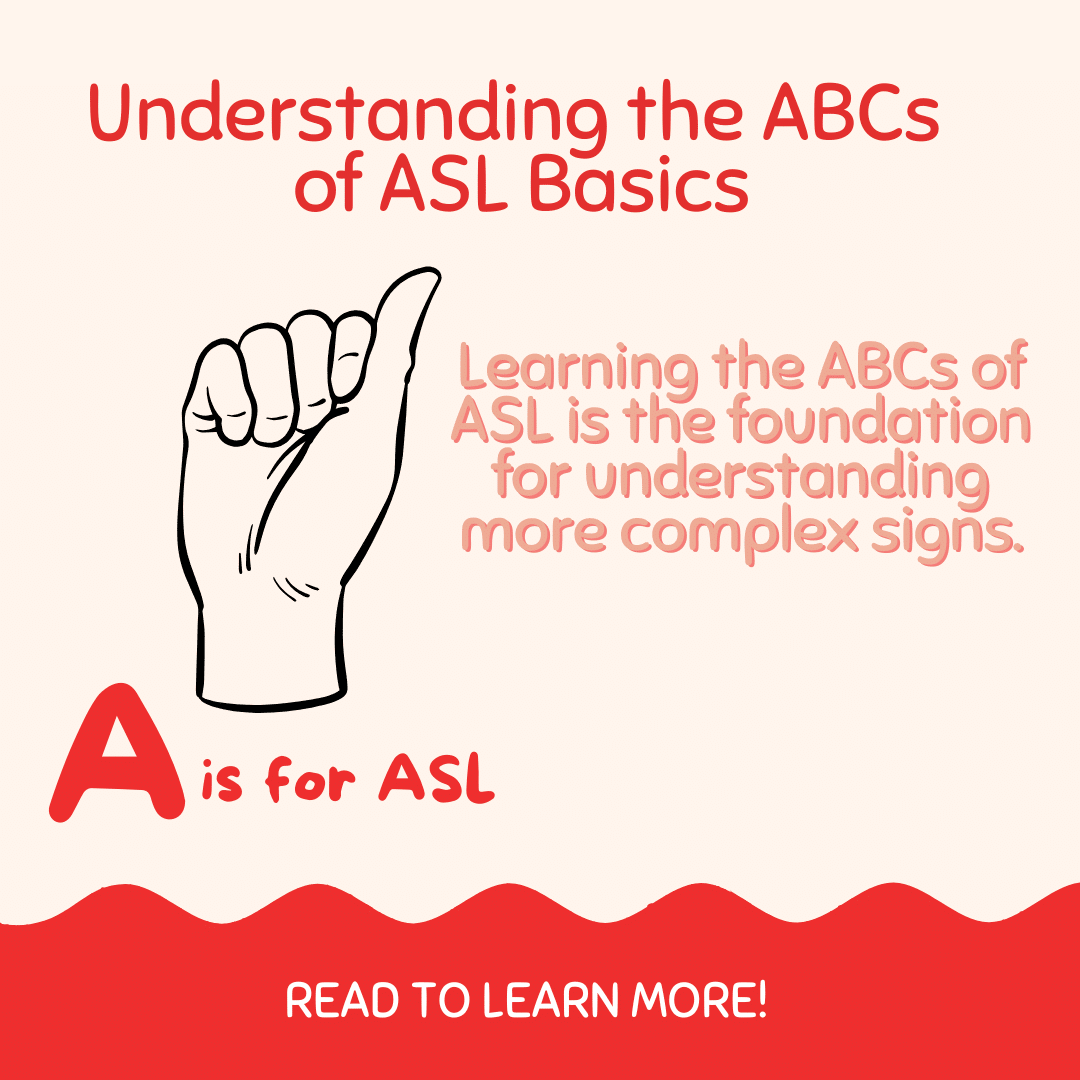
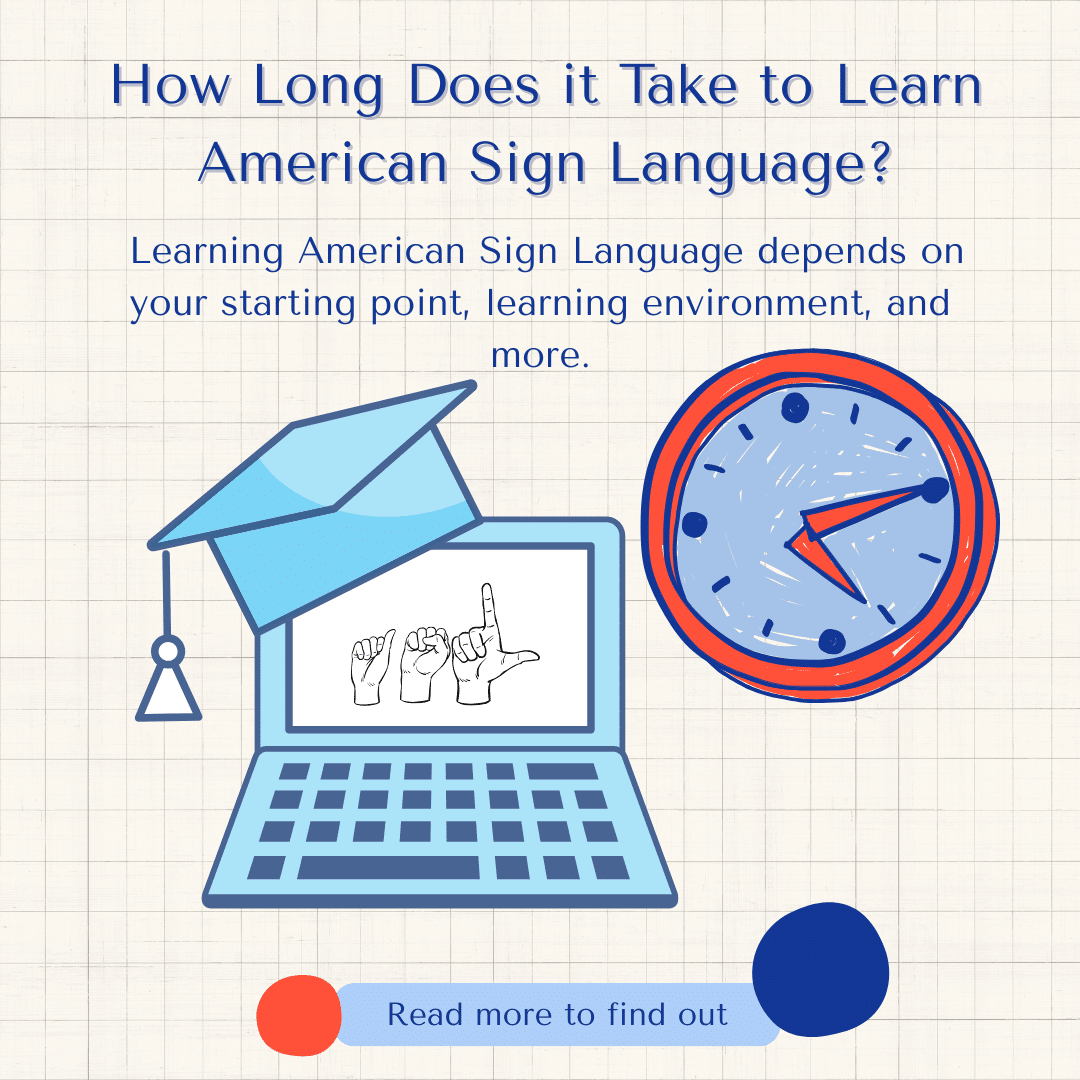
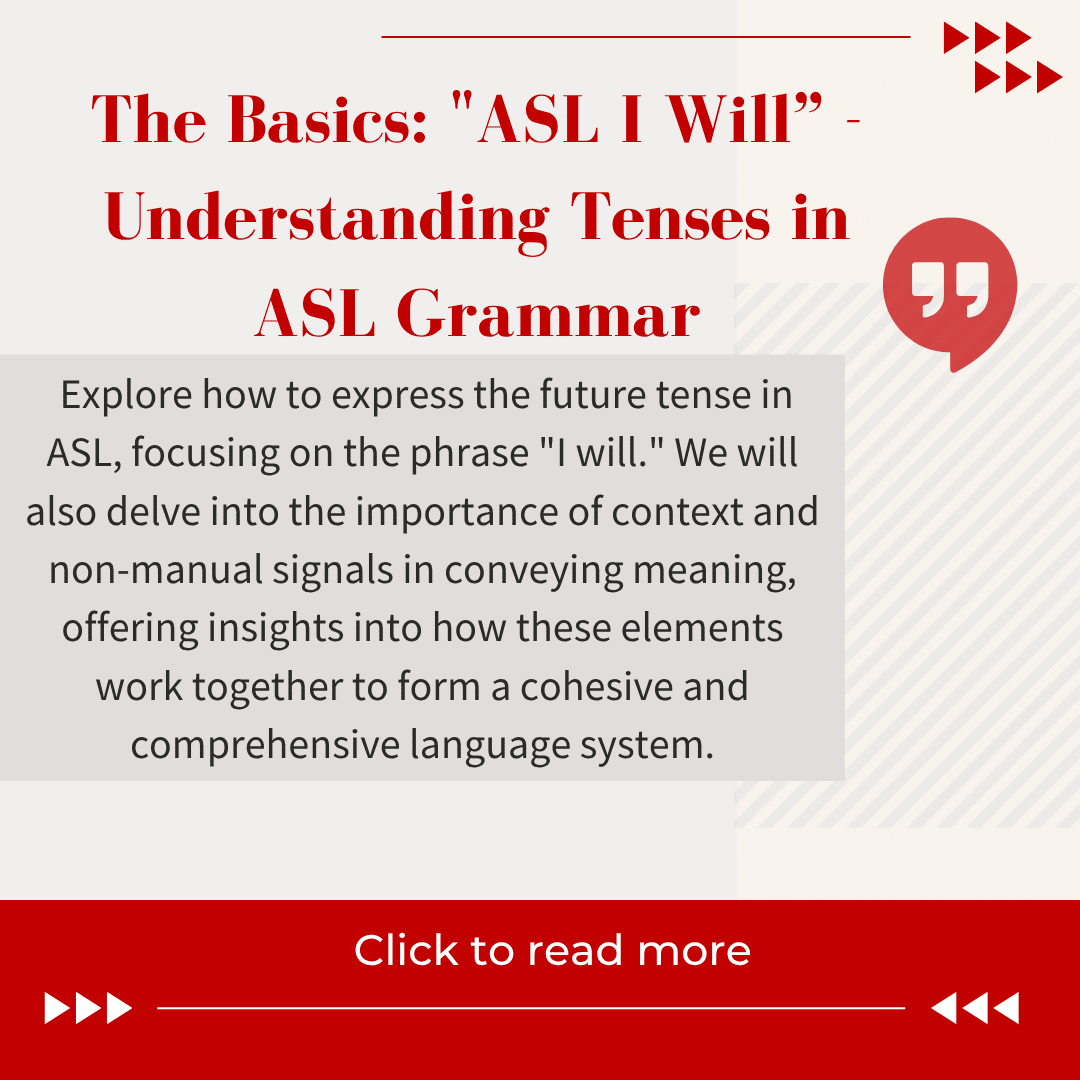

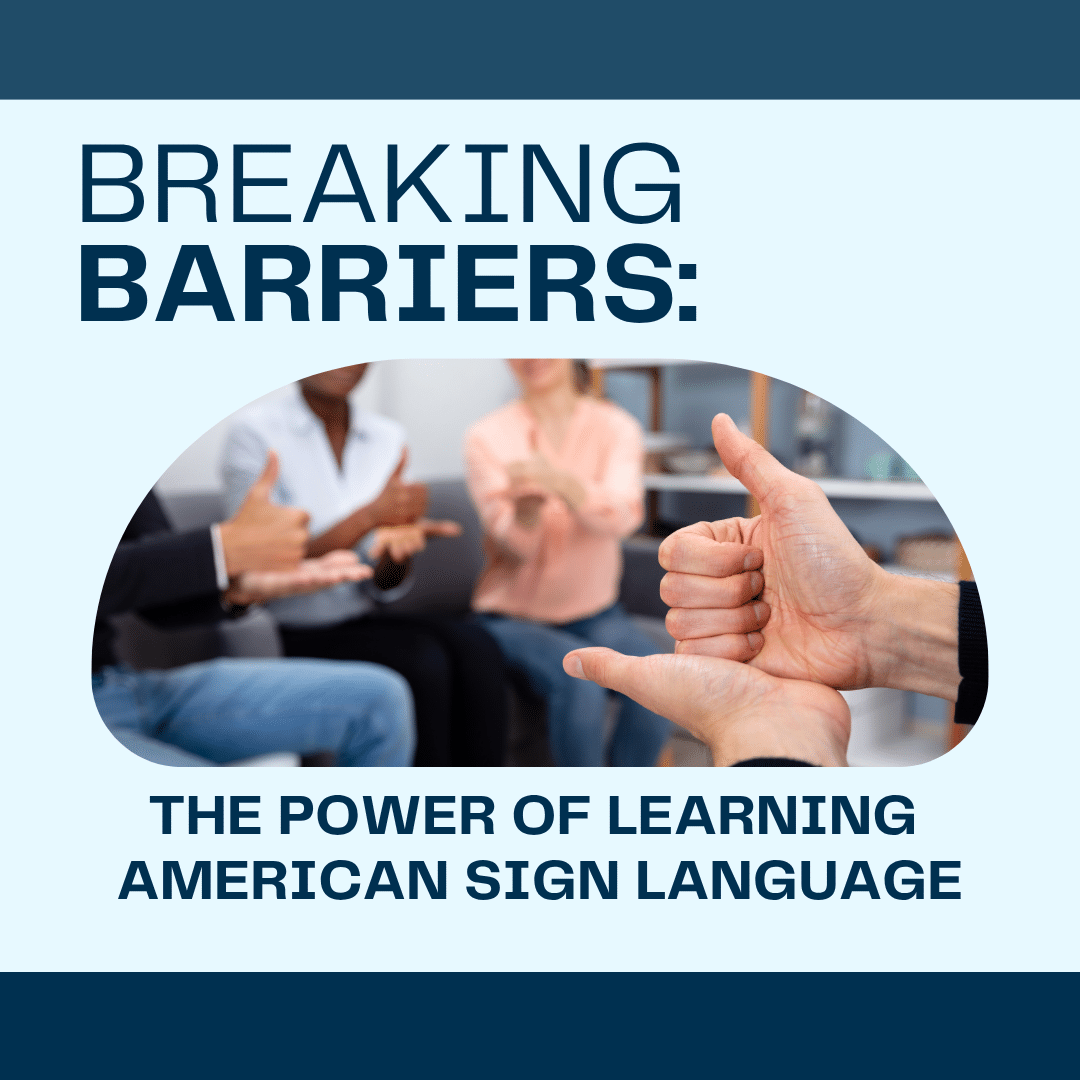



20 Responses
Getting better at ASL so I can communicate with the deaf people in my family thanks to this
Thank you
This is great info. I need a visual that we can refer to until we learn the signs.
it is a good lesson about ASL. I agree because asl is my elective and I hope that I can be able to communicate with the deaf when they need me and also i am a teacher of specialneeds education and inclusive education so i need impruving the sign language skill for my profession.
I attend good lesson of ASL
I am a beginner who wants to learn how to do sign language but we also have to keep in mind. I have a learning disability and I am very much dyslexic so I will not understand everything right away the first few times be patient with me
Congrats to all. My granddaughter is not deaf, she is autistic with apraxia and can’t speak. She knows many signs but fights learning it because she hears and wants to speak. Having many people sign and speak to her makes her more comfortable and includes her in our world. Blessings to all of you who care☺️
hi am grade to meet you too because it is always good to know one another. this helps us to live in peace and cooperative.thank you!
Hello Greeting, i believe this message found you well?
Is anyone available here?
https://www.startasl.com/top-10-25-american-sign-language-signs-for-beginners-the-most-know-top-10-25-asl-signs-to-learn-first/
Greetings.for me ksl is fun I leave near deaf school.the student like visiting us I like to be fluent I know some word the lesson was exiting as I practice with the instructor
Are you doing the letter “e” correctly?
looks like a screaming “e” to me
otherwise an excellent video; very good presentation
Please accept me my submitted.
I love ASL. I learned because my baby cousin is deaf. At first I just signed the alphabet but this helped so much. Thank You!!!
ASL is something I love doing. I love the class also because, ASL can get you very far in life.
ASL saved my life. It cured the lump on my back thigh, and pulled me out a car wreck.
I agree because asl is my elective and I hope that I can be able to communicate with the deaf when they need me. People who are deaf don’t deserve a lack of communication with others. This is why I believe to become an avid signer and bridge the gap between me and the deaf.
I will love to learn new stuff specially ASL because if i meet with anybody that can’t i will be lucky because i will already know how to speak ASL I will love to try something new for the change even though is hard but if i really work hard and focus i can really learn ASL Thank you and stay safe everybody.
I agree because asl is my elective and I hope that I can be able to communicate with the deaf when they need me. People who are deaf don’t deserve a lack of communication with others. This is why I believe to become an avid signer and bridge the gap between me and the deaf.
This “Reply,” by Max, is just a Duplicate of the Response he left exactly 1 Minute Earlier.
Why is it included?
Doing so thus shows 3 Responses—when actually there are only 2.
C. Harker. We got em.